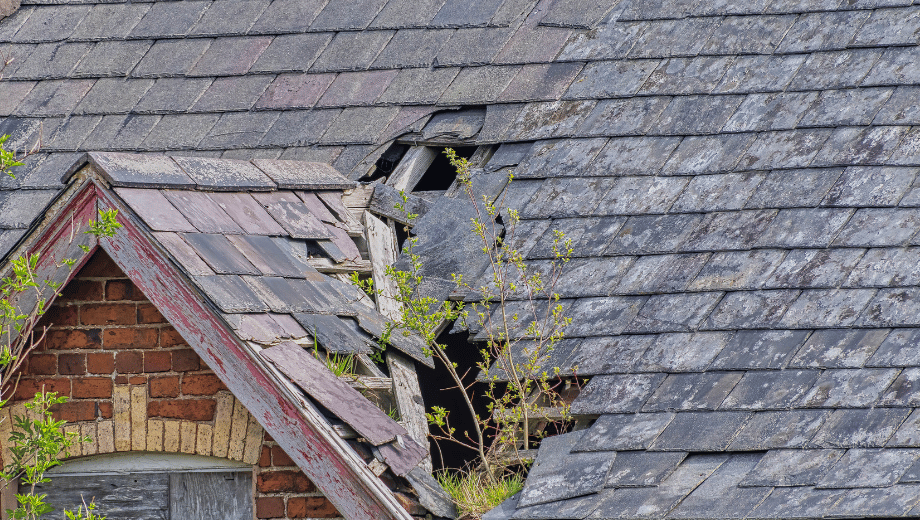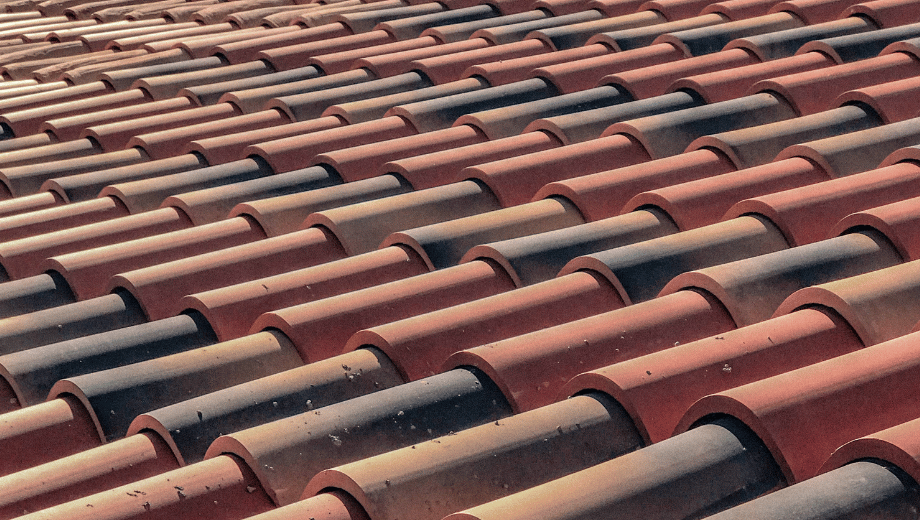Your home’s roof is one of its most critical components, protecting everything beneath it from the elements. Many homeowners only recognize roof damage when there are visible signs like missing shingles or active leaks. The truth is, not all roof damage is immediately visible from the ground. Hidden issues can silently compromise your home’s structural integrity, leading to expensive repairs if ignored. This is why routine roof inspections and awareness of subtle warning signs are important. In this post, we’ll uncover the types of roof damage that aren’t always obvious from the ground but can still pose serious threats to your home’s safety and value.
Hidden Water Intrusion Beneath Shingles
One of the most deceptive forms of roof damage is water infiltration that occurs beneath the shingles. While your shingles may appear intact from the ground, water can seep in through small cracks, lifted edges, or deteriorated flashing after heavy storms or consistent wind exposure. Professionals from FoxHaven Roofing explain how this moisture can cause the roof deck to rot and mold to grow in your attic insulation, issues that are completely invisible unless you get a closer look. Early detection often requires a physical inspection or moisture detection tools used by professionals, which is why annual checks are strongly recommended.
Cracked or Damaged Flashing Around Vents and Chimneys
Flashing is the thin metal used to direct water away from critical roof joints, particularly around chimneys, skylights, and vent pipes. From the ground, these areas might look perfectly sealed, but up close, flashing can crack, corrode, or pull away from the structure due to shifting temperatures and general wear. Damaged flashing can easily lead to leaks that travel deep into the walls or ceiling cavities of your home. Since these leaks often start small, they might not become visible indoors until after extensive internal damage has occurred.
Subtle Granule Loss From Shingles
Asphalt shingles are covered in granules that help protect against UV rays and weather damage. These granules can wear off, a process called granule loss, which compromises the integrity of the shingles. This type of wear is almost impossible to see from the ground unless there’s significant deterioration. One tell-tale sign is finding an unusual amount of granules in your gutters. Excessive granule loss weakens the shingles’ ability to repel water, which can eventually lead to leaks and a shortened roof lifespan. Regular cleaning and gutter inspections can help detect this kind of damage early.
Ventilation Issues That Accelerate Wear
Poor attic ventilation might not seem like roof damage at first, but it can significantly reduce the life of your roofing system. Without proper airflow, heat and moisture can build up in the attic, baking your shingles from the inside out during hot months and creating condensation problems in colder weather. These conditions often lead to warped decking, mold growth, and ice dams, all of which can be difficult to detect from the ground. A professional can assess ventilation performance and recommend improvements, such as adding ridge vents or attic fans, to protect the roof from within.
Sagging or Soft Spots in the Roof Deck
From a distance, your roofline may look flat and solid, but subtle sagging or spongy areas in the roof deck can go unnoticed unless you’re physically on the roof. These soft spots typically result from long-term moisture exposure or structural weakening. While they don’t always cause immediate problems, they are a sign of potential failure. Eventually, these weakened sections can collapse under the weight of snow or even foot traffic. Roofing contractors know how to test for these soft areas during inspections and can suggest targeted repairs before things worsen.

Hail Damage and Micro-Fractures
Hailstorms can leave behind difficult damage to see from the ground. Even small hailstones can create micro-fractures in shingles that compromise their waterproof seal. These micro-fractures might not cause immediate leaks, but water can seep through them and start eroding the underlying layers. What makes hail damage particularly tricky is that the shingles may look perfectly fine at a glance. Insurance companies often require a professional assessment after a storm to determine the extent of damage, so don’t skip this step if your neighborhood was recently hit.
Just because your roof looks good from the curb doesn’t mean it’s free from damage. Many serious issues, from hidden water damage to structural soft spots, lurk where the eye can’t see. Relying solely on ground-level inspections can give homeowners a false sense of security. Routine professional evaluations are key to uncovering these less obvious forms of roof deterioration before they lead to expensive repairs or safety concerns. By staying proactive, you can extend your roof’s lifespan, protect your investment, and keep your home safe through every season.




